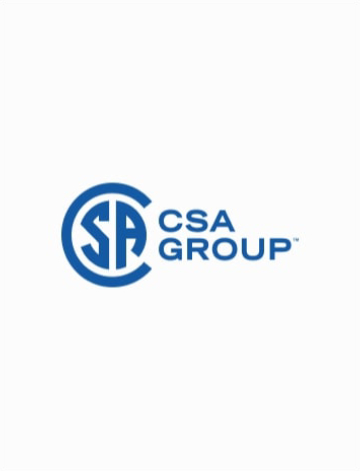Preface
This is the fifth edition of CSA Z614, Children's playspaces and equipment. It supersedes the previous editions, published in 2007, 2003, 1998, and 1990 .
In this edition, the Technical Committee has made changes or additions in a number of areas. The Committee has revised the toggle test to produce more repeatable results. The Committee has modified the swing requirements to allow for newer products to be developed by including a swing seat impact test. Furthermore, this edition has included new requirements for embankment slides which provide needed clarity for this product segment.
Playspaces that comply with this Standard will not prevent all injuries; a shared responsibility exists among users, owners/operators, and manufacturers. Well-designed and constructed playspaces in compliance with the requirements of this Standard create a foundation for safety. However, supervision of children is still vital to safe play. As well, proper maintenance of the playspace, equipment, and appropriate protective surfacing materials will further reduce injuries.
This Standard has been developed in compliance with Standards Council of Canada requirements for National Standards of Canada. It has been published as a National Standard of Canada by CSA Group.
Scope
1.1
This Standard provides requirements for public-use playground equipment and playspaces intended for use by children aged 18 months to 12 years, with anthropometric limits based on the 95th percentile.
Notes:
1) The level of challenge required and desired by children varies enormously with age, physical development, and emotional development; therefore, it is almost impossible to design a piece of playground equipment that meets the needs of all children. Children younger than 18 months and children aged 13 years and older do not usually use the equipment covered in this Standard.
2) The sixth year of a child's life (when the child is 5 years old) is accepted as a transitional year. Consequently, the requirements in this Standard are split into two age groupings: 18 months to 5 years and 5 years to 12 years. The overlap of the 5-year-old child is deliberate and acknowledges the transitional nature of the sixth year of life.
1.2
This Standard applies to outdoor public-use playground equipment and playspaces found at schools, parks, childcare facilities, institutions, multiple-family dwellings, private resort and recreation developments, restaurants, and other areas of public use. See Clause 3.
1.3
This Standard contains recommendations on technical requirements and practices applicable to the design, manufacture/construction, installation, maintenance, and inspection of public-use playground equipment and playspaces. The specifications laid out in this Standard are intended to minimize the likelihood of serious and/or life-threatening injuries.
1.4
This Standard applies to
a) public-use playspaces built, protective surfacing installed, and public-use playground equipment manufactured after the date of publication of this edition; and
b) additions to, and replacement parts for, public-use playspaces installed after the date of publication of this edition.
1.5
This Standard provides requirements for outdoor public-use playground equipment in a playspace that is provided for children for play, although in some cases this playground equipment was not originally produced for that purpose. Other objects or furnishings in a playspace not primarily intended for play, such as fences, benches, tables, landscape elements, and plant and natural materials, are not covered. Loose play materials are also not covered.
Note: The equipment configurations shown in the figures in this Standard are examples only. Configurations other than those shown can be designed and built to meet the requirements specified in the clauses of this Standard.
1.6
This Standard is intended to promote and encourage the provision and use of playspaces that are well-designed, well-maintained, innovative, and challenging, and in so doing, contribute to the development of healthy children.
1.7
This Standard does not apply to the following:
a) sport, fitness, or gymnasium environments;
b) slides that end in water;
c) soft, contained play equipment that has controlled public access, such as that provided in commercial establishments (e.g., restaurants, department stores);
d) play equipment intended for backyard use;
e) amusement rides; and
f) family daycare as defined by provincial/territorial childcare regulations.
1.8
The values given in SI (metric) units are the standard. The values given in parentheses are for information only and have been converted from metric in accordance with ISO 80000-1.
Unless otherwise specified, a tolerance of ± 2% shall be applied to each dimension presented in this Standard.
1.9
In this Standard, shall is used to express a requirement, i.e., a provision that the user is obliged to satisfy in order to comply with the Standard; should is used to express a recommendation or that which is advised but not required; may is used to express an option or that which is permissible within the limits of the Standard.
Notes accompanying clauses do not include requirements or alternative requirements; the purpose of a note accompanying a clause is to separate from the text explanatory or informative material.
Notes to tables and figures are considered part of the table or figure and may be written as requirements.
Annexes are designated normative (mandatory) or informative (non-mandatory) to define their application.

